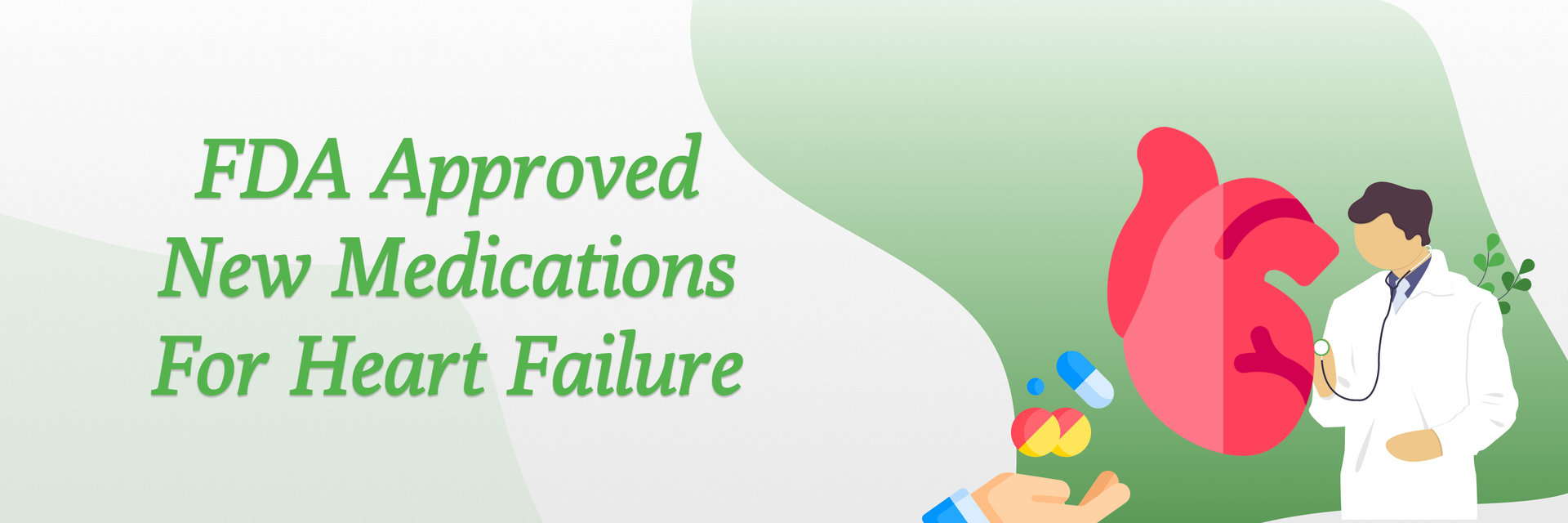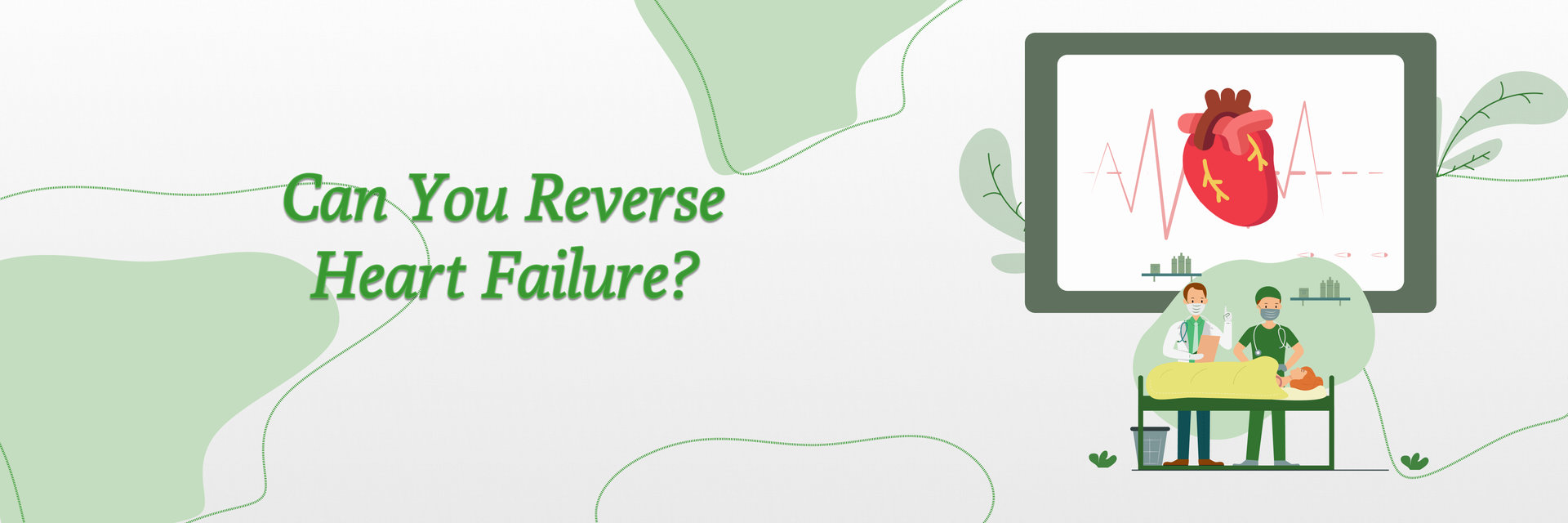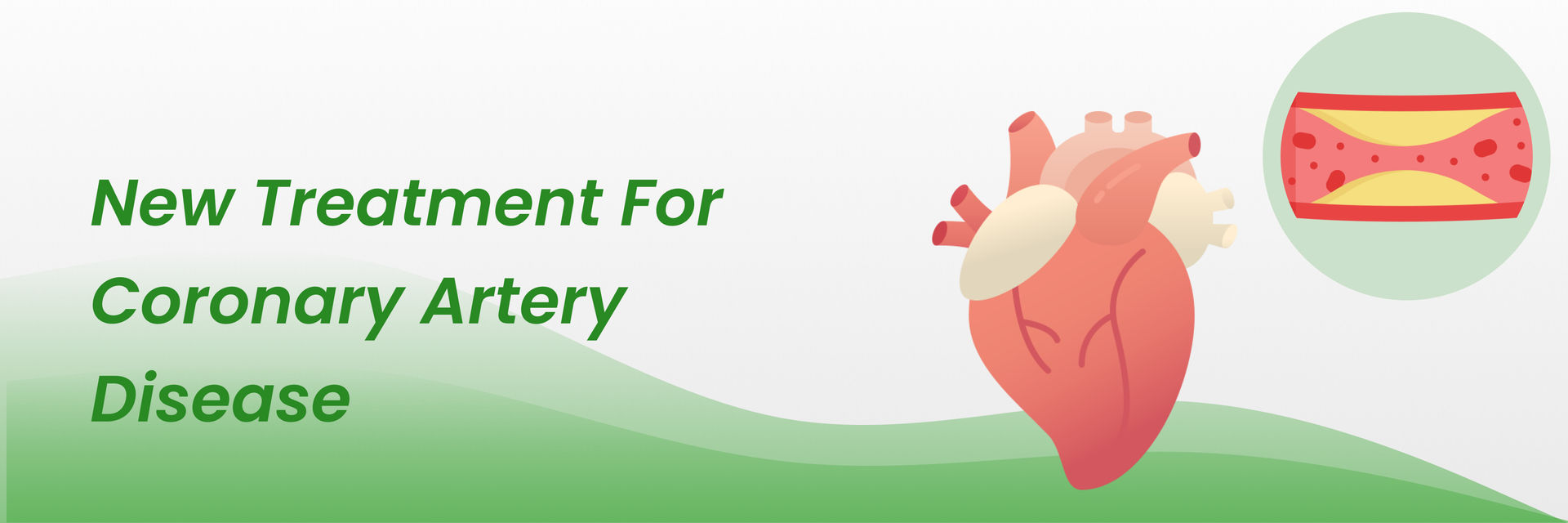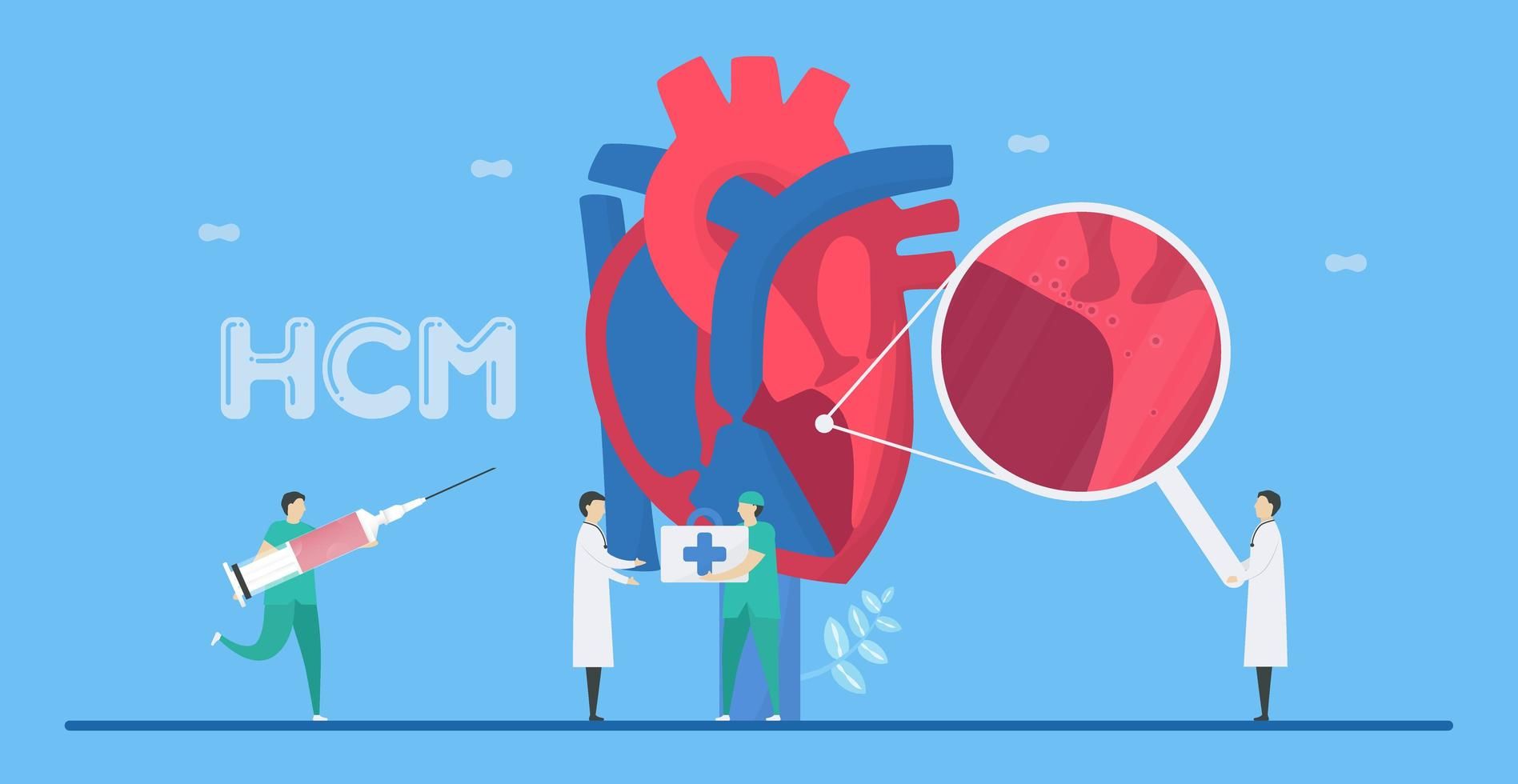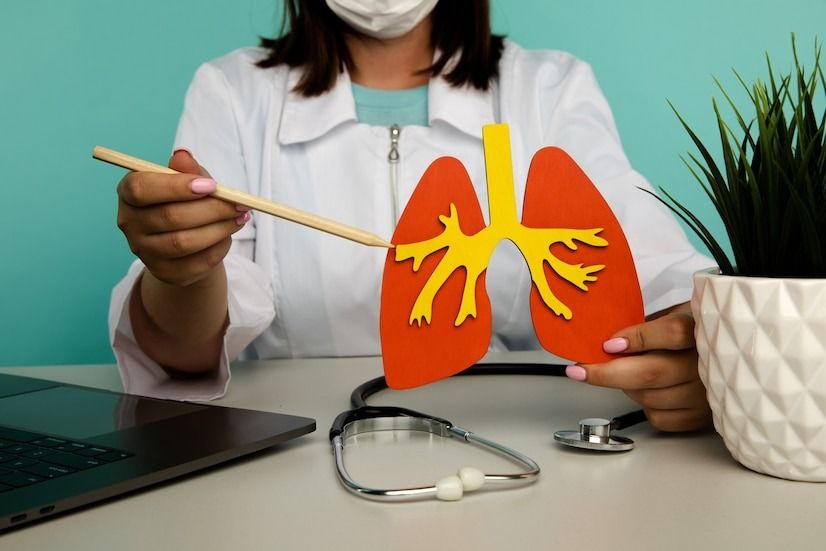Wondering when the arm pain will fade? Get insights into the typical duration after an angiogram.
How long does arm pain typically last after an angiogram?

After an angiogram, which is a test for checking blood vessels, you might have some arm pain when the doctor puts in the tube. Usually, this pain lasts just a few days, maybe up to a week. If it hurts more or lasts longer, you should tell a doctor. People heal differently, so the pain can last different amounts of time for different people. Follow your doctor's advice for taking care of your pain after the angiogram in your arm.
Don't ignore post-angiogram arm pain; prioritize your health and understand its duration.
Causes Unveiled: Decoding Arm Pain Post-Angiogram!
What are the common causes of arm pain following an angiogram?
After an angiogram, arm pain can occur. This pain is usually due to the catheter insertion, which is a thin tube placed into a blood vessel in your arm during the procedure.
Common causes of this pain include:
1. Bruising and Soreness: The area where the catheter was inserted might be bruised or sore.
2. Blood Vessel Damage: Sometimes, the blood vessel where the catheter was inserted can be damaged.
3. Nerve Injury: Rarely, nerves near the insertion site can be injured.
4. Infection: Infections at the insertion site, though uncommon, can cause pain.
These causes of pain after an angiogram in the arm are typically temporary and resolve with proper care.
Don't ignore persistent pain! Learn when arm pain after an angiogram requires immediate medical attention.
When should I be concerned about arm pain after an angiogram?

If your arm hurts a lot after an angiogram, or if the pain keeps getting worse, you should see a doctor. Also, if your arm looks swollen, or red, feels warm, or changes color, that's a sign to get medical help. Numbness or tingling in your arm is another reason to worry. If normal pain medicine doesn't help the pain, that's another time to check with a doctor. It's always better to be safe and make sure your arm is healing right.
Discover Relief with These Exercises!
What are the recommended exercises or stretches to relieve arm pain post-angiogram?

Pain after an angiogram in the arm is very common. It happens at the site where the tube was inserted. To relieve this pain, gentle exercises and stretches are recommended.
These might include:
1. Wrist Rotations: Slowly rotate your wrist clockwise and then counterclockwise. This helps in improving circulation and reducing stiffness.
2. Shoulder Shrugs: Gently lift your shoulders towards your ears, hold for a few seconds, and then release. Repeat several times.
3. Arm Circles: Extend your arm and make small circles in the air, gradually increasing the size of the circles.
4. Bicep Stretches: Stretch your arm out, palm facing up, and gently pull back on your fingers with your other hand.
5. Elbow Bends: Bend your elbow to slowly bring your hand towards your shoulder, then extend it back out.
Remember to start with light movements and increase intensity only if comfortable. Always consult your doctor before starting any new exercise after a medical procedure.
Discover effective exercises and stretches to alleviate post-angiogram arm pain. Take charge of your health—contact us today!
Understand why bruising accompanies arm pain after an angiogram and when it's just a temporary phase.
Is it normal to experience bruising along with arm pain after an angiogram?
Yes, it is normal to experience bruising along with pain after an angiogram in the arm. The procedure involves inserting a catheter through blood vessels, which can cause some bruising and discomfort. This is temporary and improves over time.
Is it a complication or infection? Learn to interpret signs when arm pain after an angiogram needs urgent attention.
Can pain in the arm after an angiogram indicate a complication or infection?

Yes, pain after an angiogram in the arm can indicate a complication or infection. Some discomfort is normal. Persistent or worsening pain, especially if accompanied by swelling, redness, or fever, suggests a complication or infection. It's crucial to promptly consult with your healthcare provider.
Explore the possibility of complications or infection if you're experiencing arm pain after an angiogram. Take the first step to recovery—reach out to us for prompt treatment.
Let us now unveil the risk factors!
What are the potential risk factors for developing arm pain after an angiogram?
There are certain risk factors related to pain after an angiogram in the arm. They include:
- Procedure-related Trauma. Injury to blood vessels or nerves during the angiogram can cause pain.
- Hematoma. Accumulation of blood under the skin at the puncture site. This can lead to pain and swelling.
- Infection at the puncture site can cause localized pain and inflammation.
- Rarely, there can be allergic reactions to contrast dye or other substances used during the procedure. It may contribute to pain.
- Damage to nerves near the puncture site can result in pain.
- Pre-existing poor circulation or vascular conditions may increase the risk of complications and pain.
- Inadequate Post-procedure Care. Not following post-procedure care instructions can lead to complications and pain.
Medical Management of Arm Pain: What to Expect?
How can medical professionals manage and treat arm pain following an angiogram?

Doctors treat pain after an angiogram in the arm by suggesting simple painkillers like ibuprofen. They advise keeping the arm still and not doing heavy work for a couple of days. Putting a cold pack on the arm can help with swelling and pain. Doctors also check for any serious problems like too much bleeding or infection. If there are signs of big problems, more treatment might be needed. They also tell the patient what to watch out for and make sure to do follow-ups.
Discover easy-to-follow preventive tips to reduce the risk of arm pain after an angiogram!
Are there any preventive measures to reduce the risk of arm pain post-angiogram?
To lessen your pain after an angiogram in your arm, try these easy tips:
1. Move the arm where the angiogram was done gently.
2. Avoid heavy lifting or hard work with that arm for a few days.
3. Keep the area where the angiogram was done clean and dry.
4. Use a cold pack if the arm is swollen or sore.
5. Drink plenty of water and take any medicines your doctor gave you.
Remember, if the pain is bad or doesn't go away, talk to your doctor. These steps can help make your recovery easier and more comfortable.
Explore preventive measures to minimize the risk of arm pain after an angiogram. Your well-being is our priority—call us to book your appointment today.
Reference-
https://www.ncbi.nlm.nih.gov/pmc/articles/PMC10015476/
https://www.sciencedirect.com/science/article/abs/pii/S155383891830407X


